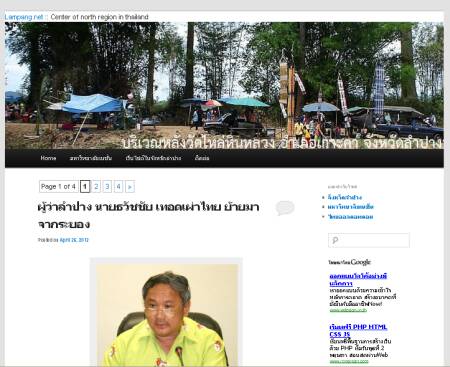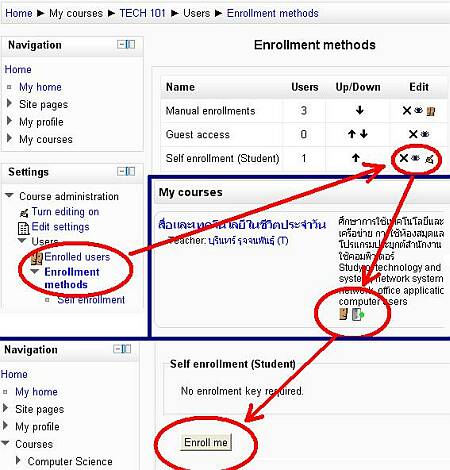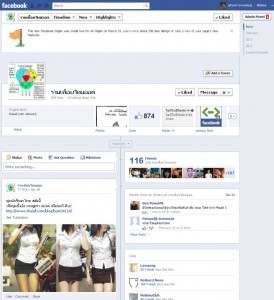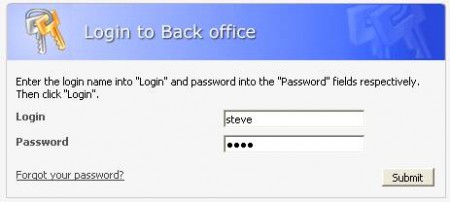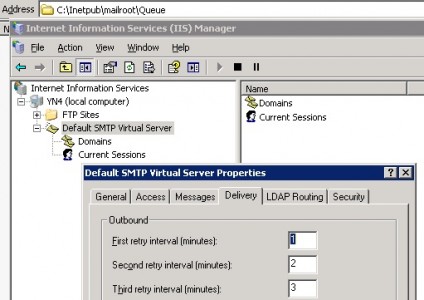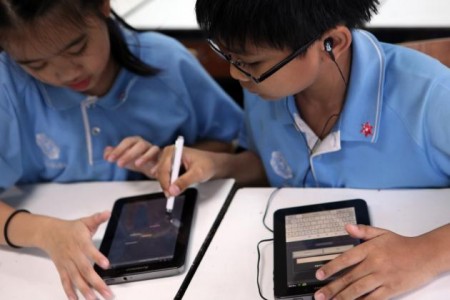
The Top Ten Issues of OLPC
During the past Human Factors in Computer Systems conference in San Jose, California there was a lot of attention on the One Laptop Per Child (OLPC) project (see a video). The project goal is: “To provide children around the world with new opportunities to explore, experiment and express themselves.” In the mission statement the website claims that OLPC has been “extensively field-tested and validated among some of the poorest and most remote populations on earth“. While this could be used in conjunction with current teaching, part of the goal is to support self-exploration without the aid of formal teaching.
We had the privilege of hearing from some leading usability researchers in developing countries about their opinions of the OLPC project. I’ve included those references that I could find along with some anecdotal notes that I recorded during plenary talks and individual conversations with leading researchers in the field. While other articles focus on financial/deployment issues, this article focuses on Education and how children will interact with OLPC.
This article is a compilation of ten key issues facing the OLPC project mentioned by other researchers and through conversation. There is a concern about how OLPC might fit into the larger infrastructure of education in developing nations. I personally feel that technology has a large role to play in the future of education (this is already seen with the exploding growth of companies like Smart Technologies that focus on the education market) but there is a need to understand how the technology fits within the ecology of education in developing nations.
This article is not meant to condemn the OLPC project as its aims are focused on goal that would benefit society as a whole (these comments could apply to projects such as Intel’s Classmate PC as well). Rather it asks: how can OLPC be improved? Is this the right approach? What other approaches could be used? Before massively deploying such a technology, it is crucial that we have this debate.
I hope you find this article informative, please feel free to leave any comments.
10. Focus: The focus of OLPC has been completely on the technology with the goal that a new technology will change how we educate children. This is like evaluating the quality of our education based on the type of glue that is used to bind textbooks or the images on the cover pages. There is a lack of focus on education and improved learning. People dismiss (ยกเลิก) the importance of teachers suggesting that computers and self directed learning will be a suitable replacement. Teachers, be they your peers, parents, or trained individuals are a crucial part of feedback system of learning.
9. Readability: “Many who test displays contend that in order for a display to be readable in sunlight, it must have a maximum brightness of at least 500 nits and a contrast ratio of at least 2 to 1. Some manufacturers of outdoor displays go for 1000 or even 1500 nits, but laptop and notebook screen brightness comes no where near 500 nits.” [Gerber, 2005]
8. Existing infrastructure: A recent study found 97 percent of people in Tanzania said they could access a mobile phone, while only 28 percent could access a landline [Prahalad, 2004]. While OLPC does not leverage (พลัง) such infrastructure, a simple voting system could dramatically improve a teachers’ understanding of how well their students were learning class material. Also, Internet is accessed mainly through cell phones and Internet cafés in developing nations. Thus equipping a classroom, particularly one that is not in a building (e.g., children sitting under a tree) poses serious infrastructure issues.
7. Not all learning can be done with an OLPC: Studies have shown that certain learning tasks such as mathematics are very difficult to learn using a computer keyboard and mouse and consequently result in decreased academic performance for students [Oviatt, 2006]. In particular, it has been shown that using a keyboard and mouse for solving mathematical questions requires significantly more time and results in more errors than using pen and paper. Researcher have also noticed that this decrease in performance is increased among the students that are struggling (ฝ่าฟัน) the most in the classroom as they are stuck trying to master both the course concepts and the technology at the same time.
6. Lack of content: content provision is a serious issue for these devices. If it is the expectation that teachers will produce all of their own content, using an OLPC could be more work that just buying a book and sharing it among students. Content needs to be provided free of charge. OLPC claims to be providing infrastructure but without content providers it will be impossible to use. This is the critical mass problem: what good is a fax machine if only one person in the world has one.
5. Keyboards: We need to ask ourselves what current practice is in the learning environment and design solutions that would fit the current practices of students and teachers. For example, if students are more used to using a slate (กระดานชนวน) , perhaps the keyboard and mouse metaphor (อุปมา) of existing systems is inappropriate. Similarly, if people are familiar with cell phone technology it may be useful to develop systems to support their current practices with cell phones. Perhaps what we need are more (touch sensitive) slates and (digital) black boards rather than OLPCs alone [Buxton, 2005].
4. Scalability: Lets say a teacher wants to get all 49 of their students in a single class to perform a particular exercise. Given that the instructor cannot see all 49 screens at once, how do they gage if students are confused or not understanding the task at hand? Each student is looking at their own private display rather than looking at the teacher/blackboard making it harder to gauge student engagement (ข้อตกลง) at a glance (ชำเรือง). Would it not be better to have a single large digital display than a classroom full of individual PCs? Take for example, the Smart Technologies Senteo system where each student can have a clicker to respond to polls in the classroom. The total cost of ownership would probably be less than the cost of a $100 laptop per student.
3. Ergonomics (เหมาะกับการทำงาน) : the fact that OLPC is designed as a laptop leads to ergonomical problems as students may not have a table that they can put the computer on. Thus they will likely have to place it on their laps for extended periods of time leading to discomfort that can also hinder (ขัดขวาง) learning.
2. Wrong Problem: While the One Laptop Per Child project focuses on providing technology to children in developing nations the major issue affecting student outcomes seems to be the training of teachers [Vegas, 2007]. With student to teacher ratios reaching 43:1 in primary Sub-Saharan African schools with only 69% of primary school teachers receiving any sort of formal training it seems that technology would only exacerbate (ทำให้รุนแรง) existing issues in the education system.
1. The Community of Learning vs. The Cult of the North American Individual: The name OLPC is a problem as the focus is on Personal Computers for Individuals ignoring the fact that community feedback is crucial part of learning. Self directed learning cannot be effective without feedback from peers, parents and teachers. Even when parents and peers are not available children will often huddle (จับกลุ่ม) around a single computer to collaborate and provide constructive feedback [Pawar, et al, 2006]. Developers can push this learning configuration further by providing interactivity for each child on the same display (through multiple mice and keyboards). Studies have shown that this configuration results in students being more engaged, faster and more accurately able to do problem solving tasks [Scott, et al., 2003]. Students need a learning community to provide the feedback needed to fully understand the material they are investigating. OLPC will likely do the opposite by pushing students away from each other to their own computers.
http://paradynexus.blogspot.com/2007/05/top-10-issues-of-olpc.html

